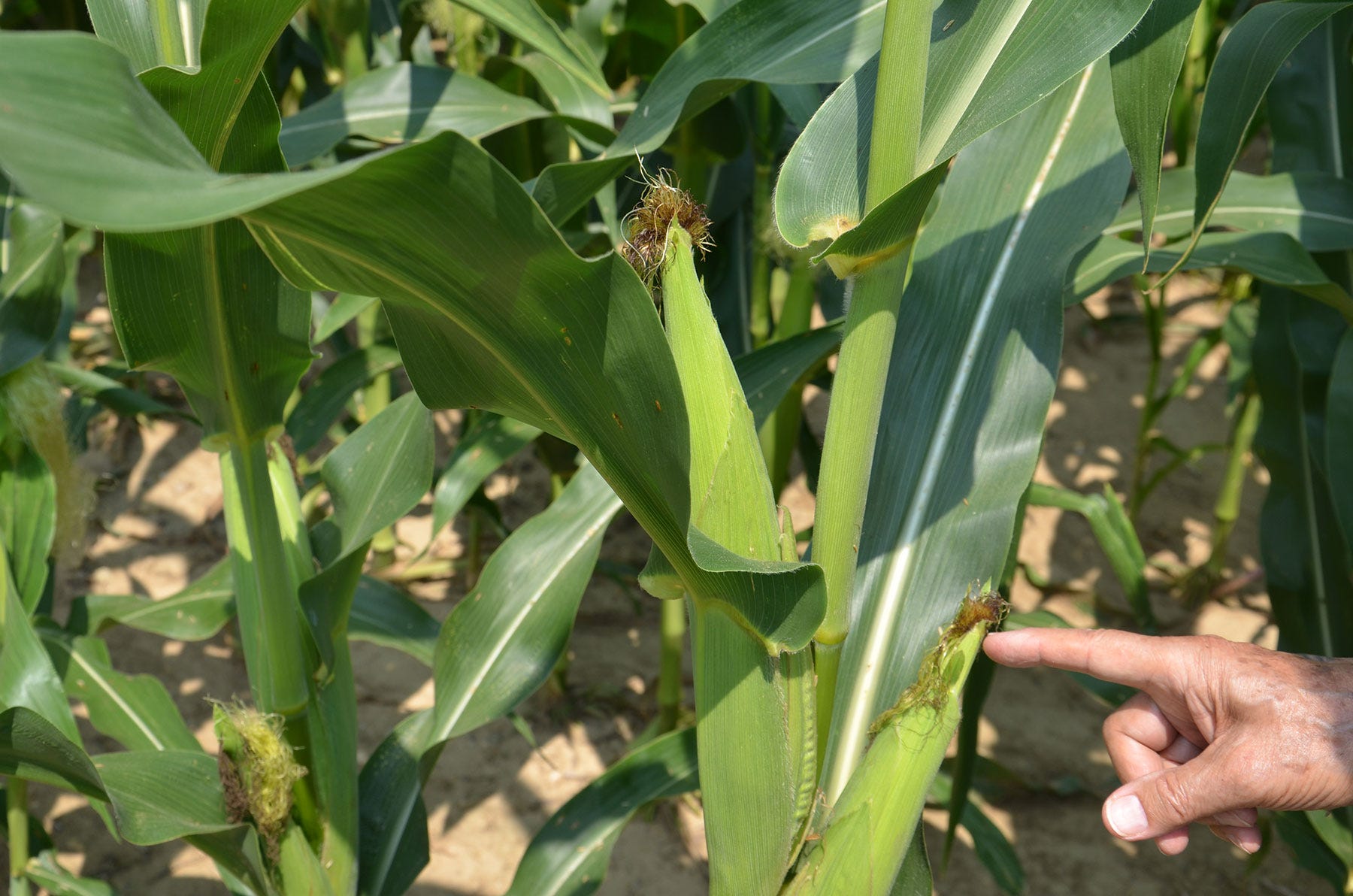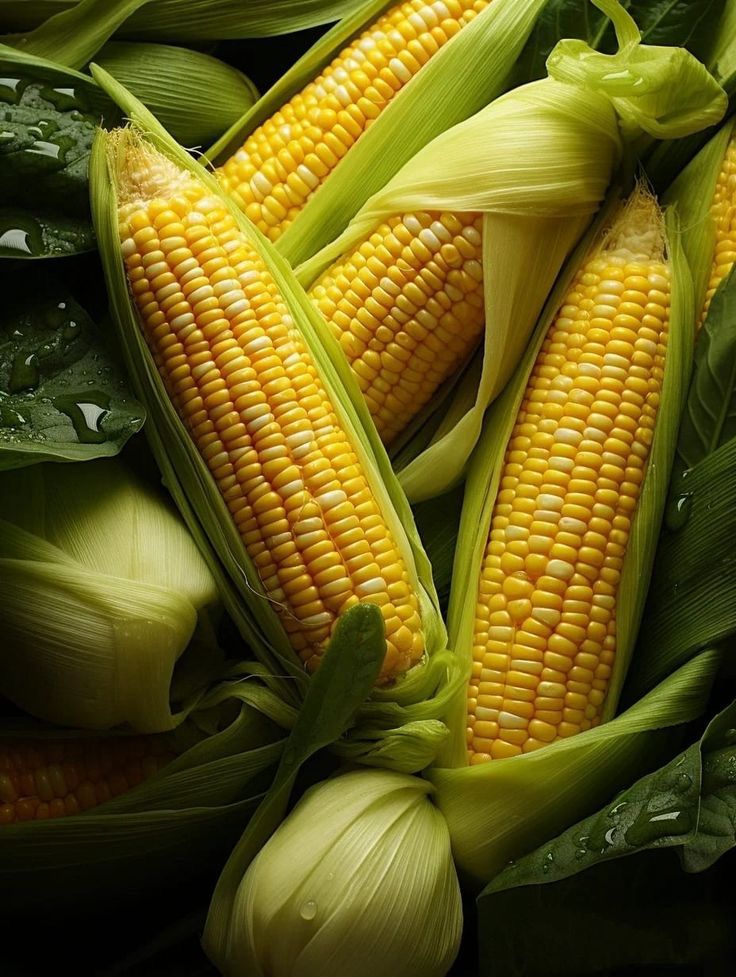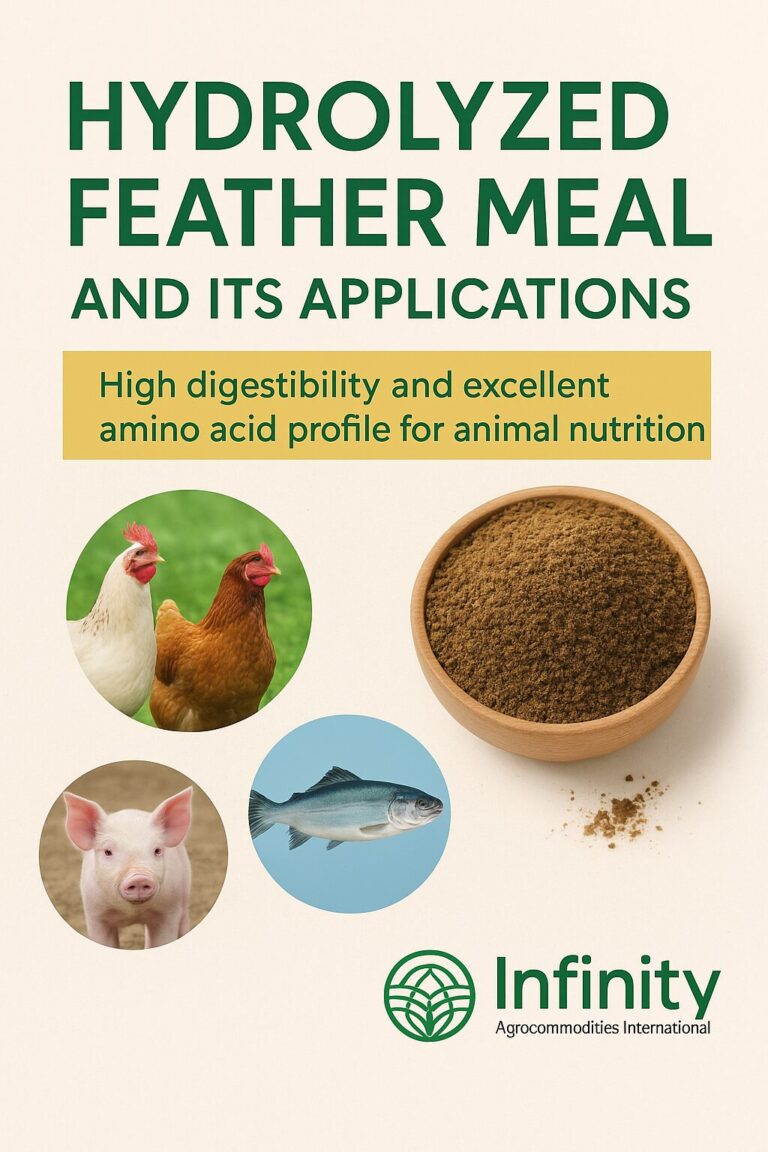Corn Commentary: Here are some abnormalities to look for this season. Read on to learn if you should be concerned by these problems.
Even after a topsy-turvy start to the growing season, more appears to be going right in cornfields across the Midwest than going wrong. However, some miscues occur courtesy of Mother Nature nearly every year. This year won’t be an exception.
Dan Quinn, Purdue Extension specialist, explains that while more than a dozen recognized abnormalities involving the ear can occur, the ones that show up in any one season are typically tied heavily to weather patterns and growing conditions during that season. Cool, wet weather early; flooding in young corn; and dry, hot weather can all result in unusual sights in the cornfield.
Here is a closer look at some things you might encounter while scouting fields before harvest this season:
Smut. “We began getting calls about smut in late July,” Quinn says. “It’s not unexpected this year since we’ve had numerous storms. The fungus which causes smut typically survives as spores in crop residue or the soil. It often enters the plant through an injury of some sort.”
Smut typically does not cause economic damage. Some hybrids are more susceptible than others.
Crazy top. Wet, saturated fields or ponded areas early in the season allow this organism to invade, Quinn says. This fungus also survives in the soil. It can invade growing points in wet or ponded fields early, and then show up as excessive tillering and leaf development instead of a normal tassel at pollination time.
Again, crazy top is usually not of economic consequence, Quinn notes. However, it can become ugly in wet years with flooding and ponding. Crazy top was reported in the worst-hit areas of flooding in Iowa by late July.
Unusual ear and tassel formations. “Corn has both female and male parts in the same plant,” Quinn explains. “Sometimes, plant hormones get out of whack and strange things happen.”
The result can be an ear appearing where the tassel should be, sometimes with a partial tassel at the same time. Other times, a tassel-like appendage may shoot out of the top of an otherwise normal ear. These are usually isolated occurrences within a field.

ALL WRONG: The ear on this stalk came out in the wrong location — notice the strings of tassel around this empty ear. Silks continued growing because no pollen was available to fertilize embryos and form kernels.
Abnormally long silks. Silks so long they look like they could be braided can occur if the ear doesn’t pollinate correctly. “If there is no pollen available and silks aren’t fertilized, they just keep growing,” Quinn observes. “Pull back the shucks on one of those ears, hold it horizontally and shake it. If silks remain attached, they are not fertilized.”
You are most likely to find ears with extremely long silks if something, typically weather patterns, interfered with the timing of pollen shed and silking, so they didn’t match up properly.
Abnormally short silks. Insects feeding on silks is often the cause of short silks. Japanese beetles and rootworm beetles are the main culprits, Quinn says. Both were plentiful in parts of the Midwest this summer. While beetles prefer feeding on pollen, they will feed on silks when pollen isn’t available. If you didn’t scout during pollination and have missing kernels plus short silks, insect feeding on silks could be the cause.

INSECTS AT WORK: These silks are short because insects, likely beetles, fed on and clipped them.
Across the rows:
Corn fortunes looking up again
Recent reports from across the Midwest indicate most cornfields are shaping up nicely. The only caveat is there is still a wide range in maturity due to early, mid- and late planting dates.
In Nebraska. “There were timely rains last week across most of eastern Nebraska, including a little too much, about 5 inches, reported in one small area of northern Cedar County. Corn and soybean crops remain spread out, with some low-lying fields planted late far behind those fields that got planted in April.
“The official NASS-USDA Crop Progress report puts tasseling in corn and setting pods in soybeans far ahead of last season and the five-year average. But there are many areas where fields are behind as well. Dry edible beans were blooming slightly behind normal. Winter wheat harvest was at 86% complete, well ahead of the five-year average.
“Compared to last summer, the U.S. Drought Monitor map for the state looks much better, with exceptional drought almost erased for all of the state except the western most section of the Panhandle and the southwest section of the state.” — Curt Arens, editor of Nebraska Farmer
In Wisconsin. “There were 5.4 days of dry weather in Wisconsin for the week ending July 21, according to NASS. That boosted condition of the corn crop statewide. Corn development is exceeding expectations. Silking reached 40% completion, surpassing both last year’s and the five-year average. Corn condition also improved to 61% good to excellent. Statewide, 79% of the topsoil is moist and 72% of subsoil is moist, which bodes well for continued crop development.
“With rain frequency and amounts declining the past two weeks, corn in the southern half of the state has noticeably improved. Most corn has finished silking and is looking good. However, corn in central and northern Wisconsin, particularly corn planted late, is looking rough. The crop needs time to mature and continued drier and sunnier weather to help it catch up. Haymaking is also still a challenge, especially in northern counties.” — Fran O’Leary, editor of Wisconsin Agriculturalist
In Illinois. “Compared to my last trip around Coles County at the end of May, conditions are considerably wetter now in mid-July, with an estimated 5 to 6 inches of rain this month. Most fields are at or near water-holding capacity, with standing water still in areas of low-lying fields on July 16.
“That said, much of the corn and soybean crop still looked healthy and will likely continue that way if the current forecast holds. Most cornfields were at least showing tassels, and the furthest advanced fields were around R2.” — Talon Becker, commercial agriculture specialist, University of Illinois Extension, Illinois Crop Update, July 19.
Source: https://www.farmprogress.com/corn/corn-plant-miscues-what-went-wrong-





